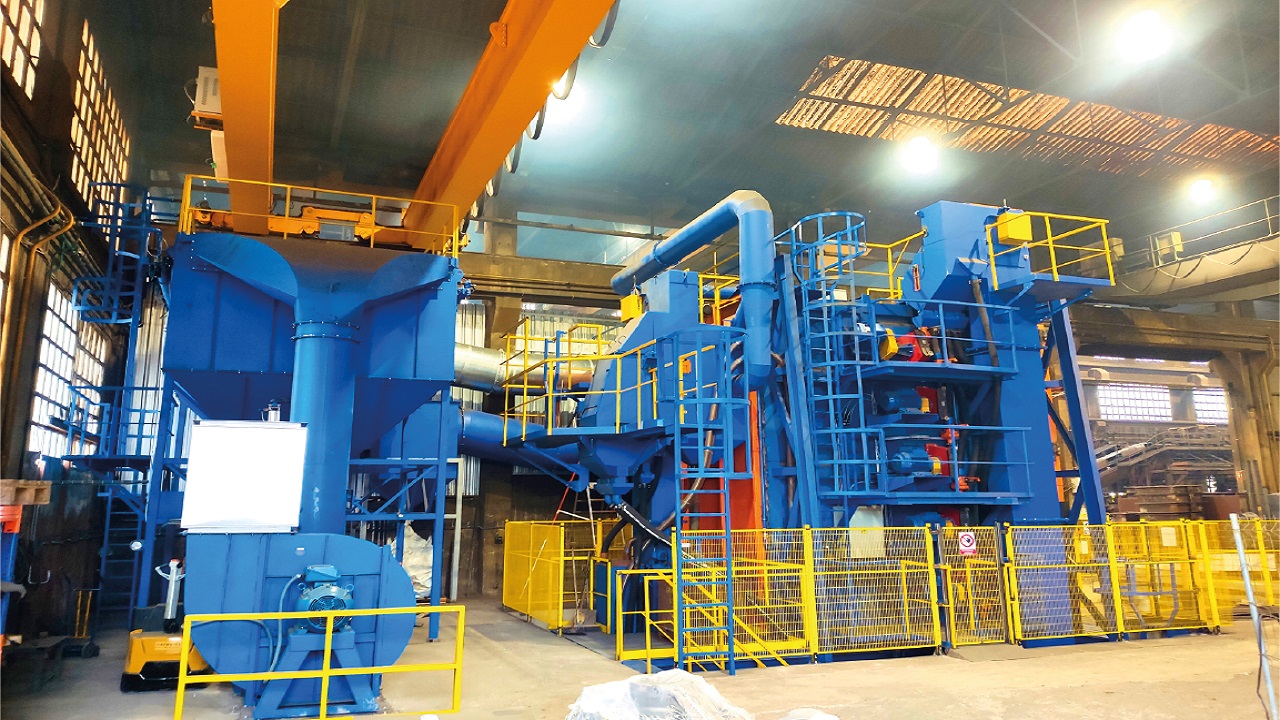Dennis is a hard-working business professional who enjoys spending time with his family and friends. He likes to stay active, and loves playing sports. Stephanie is always looking for new challenges and opportunities to grow both personally and professionally.

Building, manufacturing, automotive, and aerospace are just a few industries where cleaning is crucial. Perfect surface preparation requires selecting a suitable blasting machine. Multiple blasting machines are scheduled for a specific application, including surface preparation. This article addresses the blasting equipment currently on the market needed to achieve adequate surface preparation.
Air Blast Machines
Air blast machines use compressed air to precisely and quickly direct abrasive particles. This incredibly flexible device helps texture, clean, and etch surfaces. The aerospace and electronics sectors primarily use air blast machines because they deal with products with sensitive surfaces. They can be used in situations where a high level of accuracy is required, and the substrate is prone to damage because of its fine lines.
Wheel Blast Machines
Wheel blast machines are the best equipment for cleaning and finishing large surfaces. These devices are suitable for large-scale use because they use a rapidly rotating wheel to chuck abrasive material against the surface. Wheel blasters are used in the construction and automobile industries for descaling and rusting metal surfaces. They are helpful when there is much work to be done and the deadline is near; they can produce much work quickly.
Wet Blasting Machines
Wet blasting devices combine abrasive and water to create a slurry, which is then sprayed onto the surface. This method works well for cleaning fragile surfaces since it lessens the effects of heat and dust during blasting. In the automotive sector, damp blasting is used to restore historical objects and prepare surfaces for painting or coating. It produces a smooth surface, won’t damage delicate surfaces, and requires less force than dry blasting.
Shot Peening Machines
Blasting devices, known as shot peening machines, improve the mechanical properties of metal components. Through tiny spherical media, shot peening produces compressive stress on the component’s surface, extending the element’s life by increasing fatigue strength. This method is essential in the aerospace and automotive industries for the surface treatment of gears, springs, and other high-stress components. Shot peening prevents cracks and other flaws from propagating further, increasing surface hardness.
Vapor Blasting Machines
Wet blasting is a family of processes, vapor blasting being one of them; it uses water, abrasive media, and compressed air to clean and finish surfaces. Vapor blasting machines are also renowned for producing a smoother surface finish, usually satin or matte. This technique is most beneficial in applications where the smoothness of the surface is paramount, for instance, in the preparation of engine parts and precision instruments. It also reduces contact with the abrasive particles’ surface, providing a smooth and uniform surface compared to dry blasting.
Conclusion
Selecting a suitable blasting machine is crucial to get a perfect blasting surface. Wheel blast machines are helpful for large surfaces, while air blast machines are precise and flexible. Wet blasting machines are used for dust-free, gentle cleaning, and vapor blasting machines improve the surface finish. On the other hand, shot peening machines enhance the mechanical characteristics of the metallic parts. Considering the specific features of each type of blasting machine, industries can achieve the best results in surface preparation, thus improving the quality and performance of their products.
